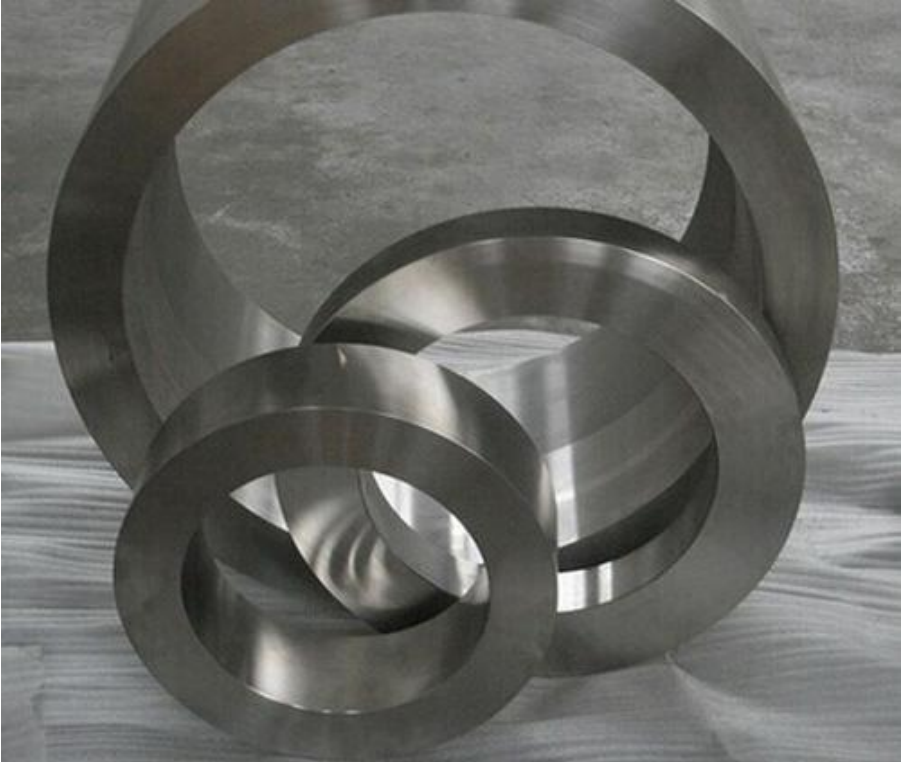Usually, the heat treatment of large forgings is often combined with the cooling of forgings. This is because the section size of large forgings is large and the production process is complex. During the heat treatment, due to the unevenness of the microstructure and properties of the forgings, some forgings are prone to white spot defects. Therefore, in addition to eliminating stress and reducing hardness, the main purpose of the heat treatment of large forgings is first to prevent the forgings from generating white spots, improve the uniformity of the chemical composition of the forgings, and adjust and refine the microstructure of the forgings.
White spots in large forgings are a very fine brittle crack inside the forgings, presenting as circular or elliptical silver-white spots, with diameters ranging from a few millimeters to several tens of millimeters. Through microscopic tissue observation, it can be found that there are no traces of plastic deformation in the adjacent area of the white spots. Thus, it can be seen that white spots belong to brittle fractures.

If there are white spots in the forgings, it will not only cause a significant decline in mechanical properties but also, due to the high stress concentration caused by white spots, lead to cracking of the parts during heat treatment and quenching, or sudden fractures during the use of the parts, and even cause machine damage accidents.
Therefore, white spots are a defect of forgings. The technical conditions of large forgings clearly stipulate that once white spots are found, they must be scrapped. There are many theories about the formation of white spots. The currently more consistent view is that white spots are the result of the combined action of hydrogen in the steel and internal stress (mainly organizational stress). Without a certain amount of hydrogen and significant internal stress, white spots cannot form.
During the cooling process after forging of the forgings, as the temperature decreases, due to the transformation of austenite, in addition to generating internal stress (mainly organizational stress) inside the forgings, the solubility of hydrogen in the steel also decreases. At this time, the internal stress causes dislocations to accumulate at the sub-grain boundaries and form sub-microscopic cracks. When hydrogen atoms desorb and precipitate from the solid solution into the sub-microscopic cracks, hydrogen atoms combine into hydrogen molecules in the cracks and generate significant pressure. Therefore, in the local brittle areas with a high hydrogen content in the steel, under the action of organizational stress and hydrogen precipitation stress, the sub-microscopic cracks continue to expand until they rupture, resulting in extremely fine internal cracks, thus forming white spots.
Is the heat treatment process of large forgings complex? The above content is the relevant introduction in this regard. It is hoped to be helpful to everyone.
Media Contact
Company Name: Zaitong International Trading Co., Ltd.
Email: Send Email
Phone: +8618698679291
Address:Room 135, Floor 2, Building 1, Center Road, Courtyard 100, Weishanzhuang Town, Daxing District
City: Beijing
Country: China
Website: https://www.zhonganzt.com/
